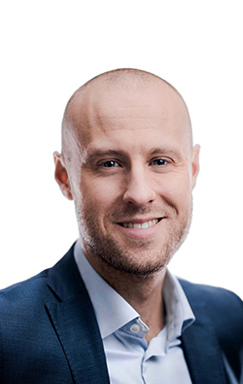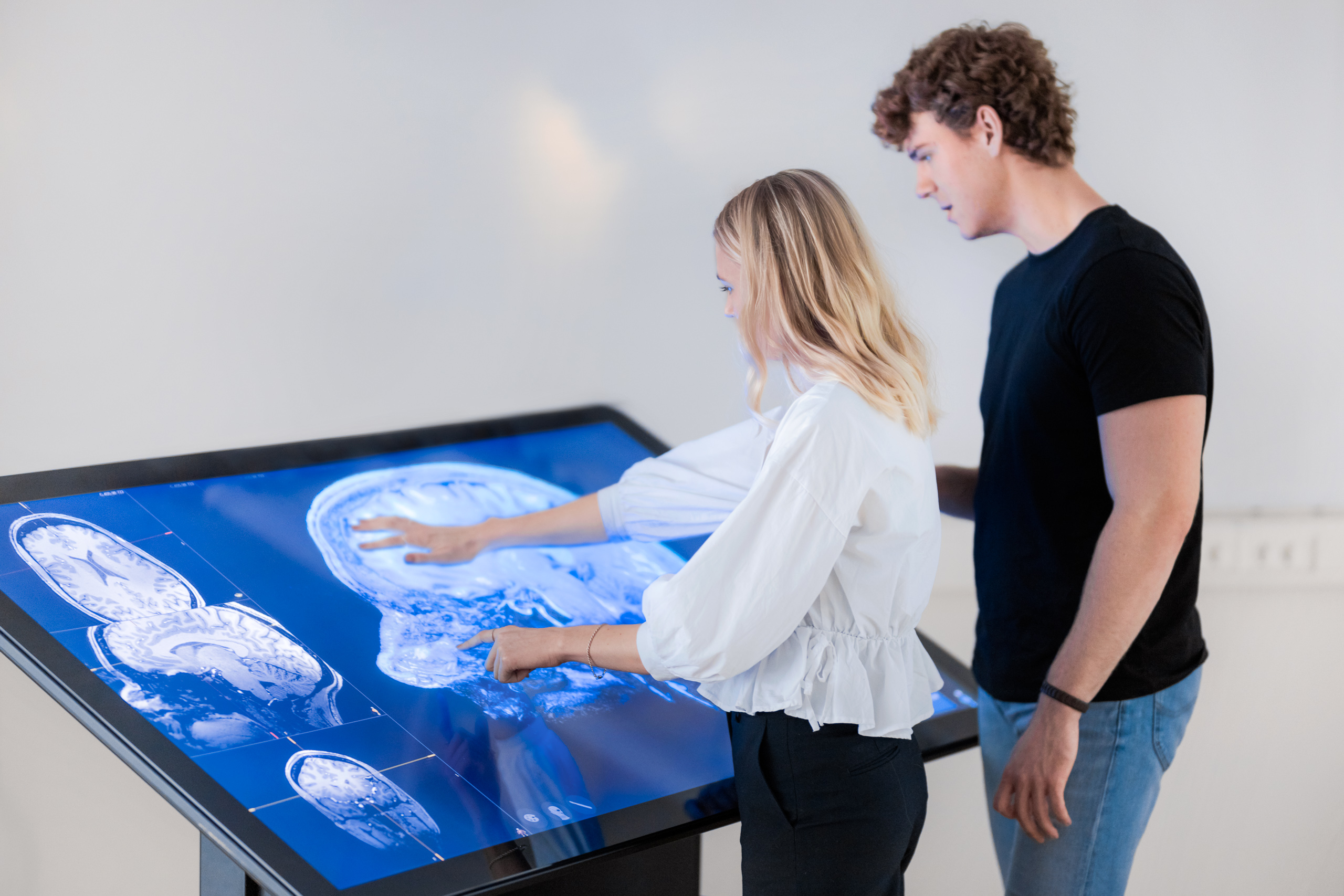A constantly growing need for care along with an explosive increase in medical knowledge and the use of technical tools is creating major challenges when it comes to training healthcare personnel quickly and effectively. To meet these needs, many educational institutions are now investing in new ways of working and digital tools.
The growing need for new healthcare personnel has already led to a significant increase in student intake in medical education programs. This knowledge explosion also means that medical students need to learn to sift through an enormous stream of information, which is why new ways of working and tools are needed in these programs, as are investments in staying up to date on the clinical and technical developments at hospitals. This has been one of the driving factors behind the development of the new six-year medical school program.
Student learning needs to be explorative while at the same time focused, progressive and applicable in clinical scenarios. Additionally, time with instructors is becoming increasingly limited.
Balance between basic and applied knowledge
There are many different perspectives to learn as a medical and healthcare student, including clinical knowledge, operational processes and all of the technical tools that are constantly being developed.
“If you look at it from a student’s perspective, there’s an incredible amount of information. When it comes to learning and teaching, the problem often lies in being able to find the essence of this information and condense it down to something more comprehensible without creating gaps in understanding. The spectrum of knowledge is so broad, and the challenge is often about finding a good balance between basic and applied knowledge – a prerequisite for being able to work in any organization during and after training,” continues Elin Schoultz.
“The new way of working – applying digital tools in medical education – is a huge opportunity for students. Studying real-life cases in a clinical interface early on in one’s education helps to bridge the gap between school and professional reality,” says Johan Carlegrim, manager of the Medical Education unit at Sectra, based in Linköping, Sweden.
Digital tools from clinicians can be part of the solution
Today, Sahlgrenska Academy uses Sectra Education Portal, a cloud-based platform with clinical cases, images and tools, as well as two visualization tables in its radiological anatomy, histology and pathology courses.
“Visualizing and interacting with clinical images and using clinical tools early on has proven to be productive. That way, students gain an increased understanding of the body’s anatomy, functions and illnesses, while also becoming better prepared for their placements and beyond,” explains Elin Schoultz. “I’ve also noticed that it inspires students in a way that can be difficult to achieve exclusively through traditional teacher-centered education and course literature. The cloud solution also means that students don’t need to be tethered to our premises, but can instead continue to learn independently outside the classroom. Today, accessibility is often a prerequisite for enabling knowledge,” concludes Elin Schoultz.
Increased collaboration between different universities and students
When it comes to tomorrow’s hospitals and healthcare training, Elin Schoultz believes strongly in networking between different programs and educational institutions and in interprofessional learning.
“You definitely need the right person in the right place, but I also think it’s a shame that different programs are often so separated. You can learn so much from each other, and when you’re at the clinic you need to be able to work closely with others in teams.”
“One of the most inspiring things is seeing how different universities and students work together to create better conditions for more effective learning. For our own customers, for example, this can be about creating and uploading new cases and material for courses to the platform that others can use,” explains Johan Carlegrim.

Elin Schoultz, Medical Doctor and anatomy teacher Sahlgrenska Academy

Johan Carlegrim, General Manager for Sectra Medical Education

